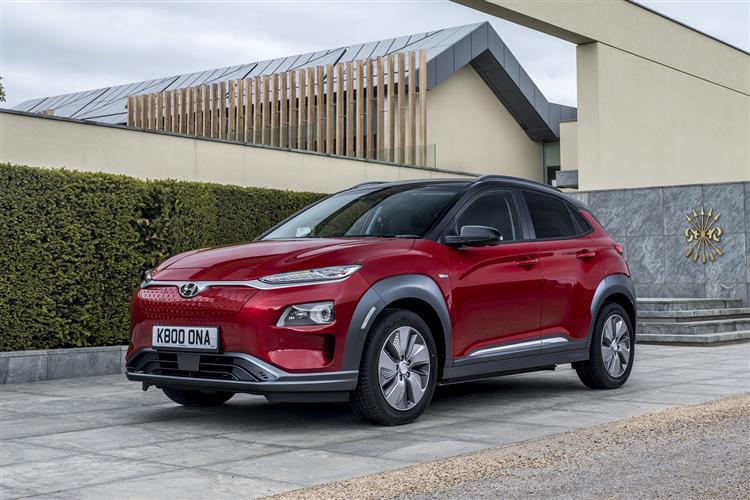This MINI Electric uses a 32.6kWh battery pack with a 184hp output and maximum torque of 270Nm. From rest, 62mph takes just 7.3s, so we’re talking near-MINI Cooper S levels of performance, though as with all EVs, the maximum speed is restricted – in this case to just 93mph. But then, when was the last time you drove over 93mph? The car sits a little higher off the road than a Cooper S to give the battery more clearance but the centre of gravity is lower because more of the mass is concentrated further down. Weight distribution is quite different to a normal MINI Hatch too, the battery’s bulk dictating a 54/46 front-to-rear ratio rather than the usual 60:40-split.
To get the most from the electric motor’s torque, you’ll need to master the various driving modes – ‘Normal’, ‘Green’ and ‘Sport’, the latter offering slingshot acceleration. The digital dashboard provides information on the current flow of energy and the range, as well as offering ways of increasing range by deactivating comfort functions or boosting energy regeneration. On the navigation map, a circle that indicates the car’s range can be shown. When the route guidance starts, it displays the fastest and shortest route and also suggests a GREEN route involving the lowest level of power consumption.

The MINI Electric is based on the same body shell as the 3-Door Hatch, with a number of specific differences. An embossed MINI Electric logo appears on car’s side scuttles, as well as on the tailgate and front radiator grille. The front grille features the hallmark hexagonal shape but is closed, as the car requires less cooling. This also contributes to sleek aerodynamics, as do the enclosed undercarriage and the rear apron. Boot volume can be compromised in electric cars but the MINI Electric retains the full MINI Hatch 211-litres, expanding to 731-litres when the rear backrests are folded down.
Inside, it’s pretty much like any normal MINI Hatch, except for the addition of a new digital dashboard with a 5.5-inch colour screen behind the steering wheel. Road speed is shown at the centre in figures with a peripheral scale band, as well as information on the charge level of the battery, the selected MINI Driving Mode, the status of the driver assistance systems and check control messages. In addition, details of the available range, current drive power, outside temperature, time and mileage are displayed, with traffic sign detection reports and directions from the navigation system.
The original Mini, designed by Sir Alec Issigonis, was born out of the Suez crisis oil shortage and the demand for affordable motoring. The first cars rolled off the line at Oxford in the summer of 1959 and so began a global success story which has spanned six decades. As the world faces new environmental, social and economic challenges, so perhaps the arrival of this MINI Electric is just as opportune.
We have some reservations about its rather limited driving range capability, but if you’re going to be regularly town-based anyway, that may not be too much of an issue. And this car’s spirited handling will make up for much. Sir Alec Issigonis would have been fascinated by this model. MINI is crossing its fingers that you will be too.



